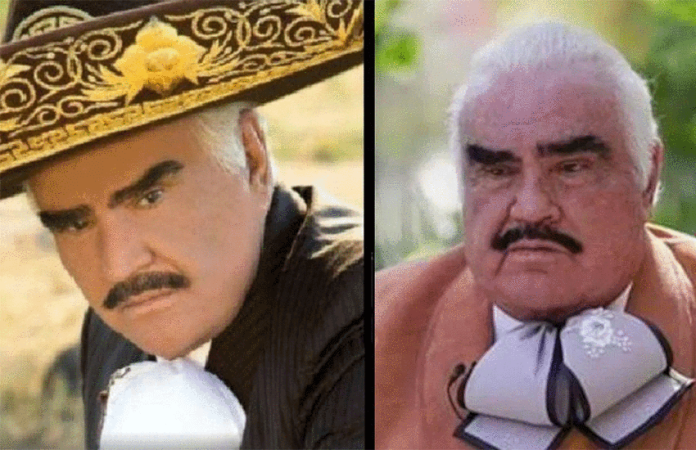If my discussions about this topic with friends, family, and other longtime foreign residents are any indication, this list might get me into some trouble.
So let me explain a little why I chose these five pop culture icons to highlight. They are not necessarily the most important, nor the only ones those of us who live here for any length of time should know. Mexico is a vast and multi-layered culture that takes more than one lifetime to explore.
Instead, take this list as a starting point. You might have seen these personajes (celebrities/characters) or heard of them, but you may not know exactly who they are. (I left out Diego Rivera and Frida Kahlo simply because they are already internationally famous.)
However, they are well-known to our Mexican friends and family, known multi-generationally. References to them appear in street murals, internet memes and other modern expressions, even if they have died some time ago. They are all from popular culture but demonstrate different aspects of it.
El Santo (The Saint)
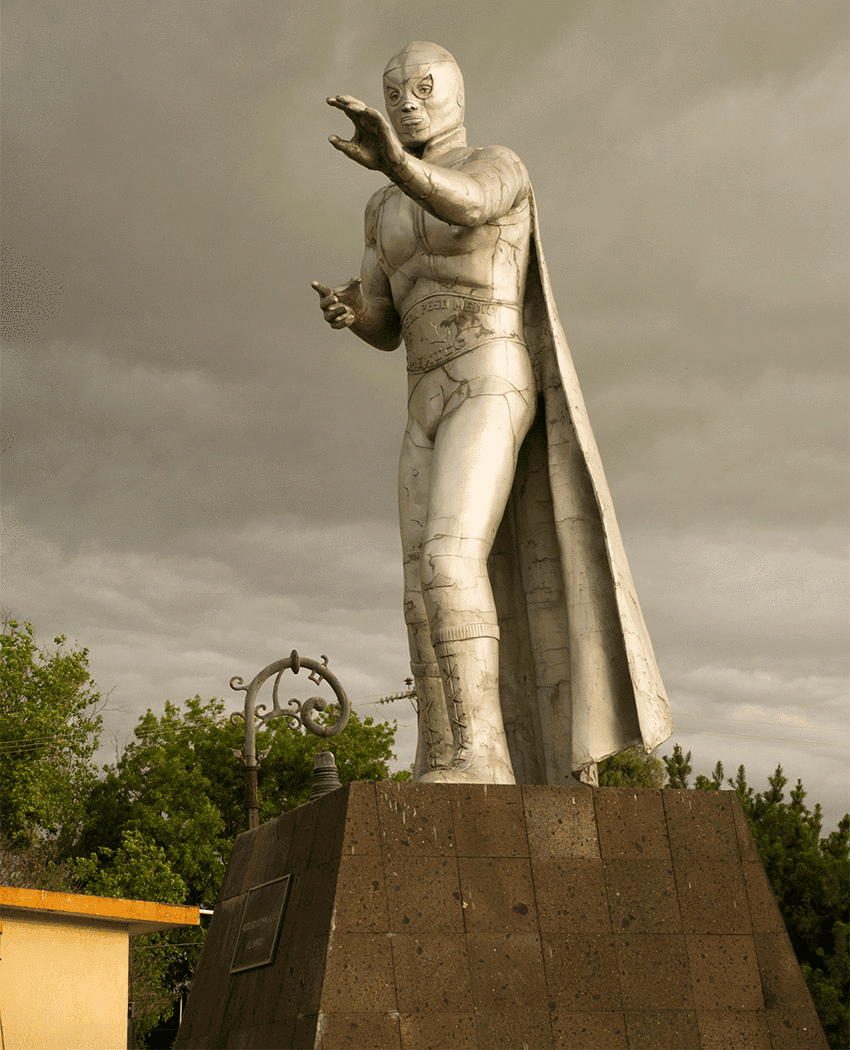
No wrestler in the United States has achieved the iconic status that he of the silver mask did decades before The Rock or John Cena ever stepped into a ring. The Mexican term lucha libre (free fight) better describes the entertaining morality plays that are called wrestling in the U.S.
El Santo was just that, a “saint” fighting for justice in scenarios that the common man could identify with, even if they were often a bit corny. He was immensely popular in the ring, in comic books and in the 52 films he appeared in from the 1950s to the very early 1980s.
His real name was successfully kept secret, allowing audiences to see themselves in the character, until the retired Rodolfo Guzmán Huerta removed his mask on a television show in 1984.
Cantinflas (Mario Moreno Reyes)
Where El Santo portrayed the innate good of the common man, Cantiflas (Mario Moreno Reyes) represented his mischievous side. He is the only pop culture character who has a verb named after him in Mexican Spanish, cantinflear, which roughly means to perform linguistic gymnastics to obfuscate a situation, especially when authorities are trying to take advantage of you.
Cantinflas is best known for his work in movies in the 1940s and 1950s, the height of Mexico’s Golden Age of Cinema, where he basically played the same character over and over in different dress.
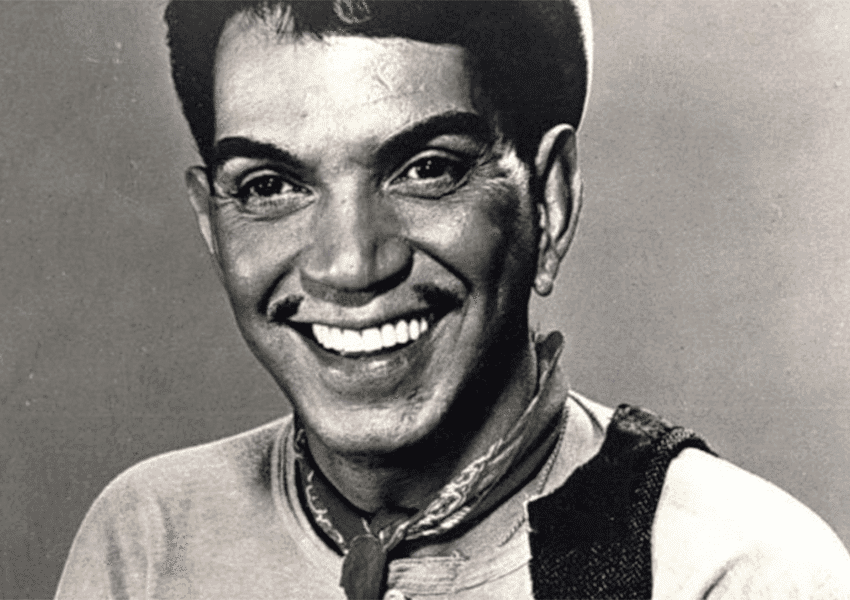
He had a brief stint with international fame, appearing in the 1956 film Around the World in 80 Days, but could not get further in Hollywood because his humor was too rooted in the Spanish language.
El Chavo del Ocho (The Kid from Number 8)
This was the name of a television show and its main character the most popular creation of the comedian Chesperito (Roberto Gómez Bolaños). The chavo was an orphan who lived in a barrel inside a Mexican-style vecindad (tenement) on a television sitcom that ran from 1973 to 1980.
Wordplay, running gags and physical, even violent, humor defines much of the show. Many critics at the time considered it to be “trash,” but others recognized that El Chavo and his cohorts struck a chord with many Mexicans.
The idea of watching obvious grown-ups play children may seem strange, but El Chavo is one of two important little boy characters like this. The other is Chabelo, played by Xavier López Rodríguez until 2015, when he was 80.
El Chavo del Ocho remains highly profitable for Televisa. To this day, the show remains in syndication, along with an animated version created in 2006, and Televisa still sells merchandise for the franchise.
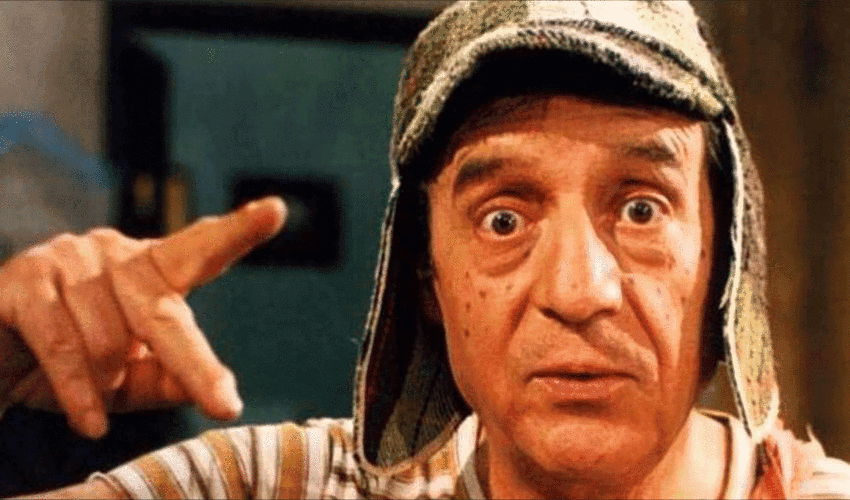
Vicente Fernández
There are several extremely important singers in charro (cowboy) outfits from the 20th century, including Pedro Infante and Jorge Negrete. Vicente Fernández was inspired to sing traditional Jalisco ranchera music by watching Pedro Infante’s movies in the mid-20th century. He followed his icon into recording contracts and movie appearances.
In fact, he is credited for breathing new life into ranchera when it was in danger of falling from popularity in the 1970s. Like El Santo, his fame was reinforced by regular appearances in movies, starting with the 1971 release, Tacos al Carbón.
At age 81, he still records music, stepping back from live performances only a few years ago. Today, his son Alejandro Fernández continues the family legacy of singing ranchera in the charro outfit.
La India María
This choice is likely to get me in the most trouble (though not as much as Memín Pingüin would!). There are few female pop icons in Mexico, but it is important to have one in this list.
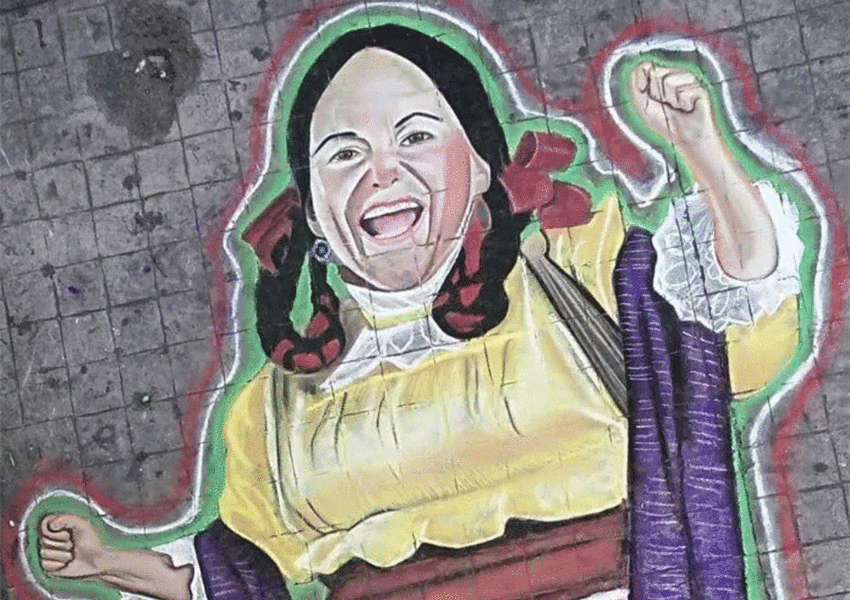
There is an indirect link between this character, played by María Elena Velasco, and the smiley-faced dolls sold all over Mexico. The clothing and hairstyle for both are based on one typically worn by Mazahua women who migrated to Mexico City in the latter part of the 20th century.
Collectively known as “Marías,” the women were distinctive in the capital because of their use of traditional dress and making a living selling in the street; unfortunately, this invited abuse and ridicule. La India María suffers many of these problems in the movies and television shows in which she appears, almost always diffusing the situation using acts of morality and humor.
Certainly, there are many more people and characters that those of us who live in Mexico, especially long term, should be familiar with. Those who almost made the cut here include actress María Félix and singer Juan Gabriel.
Given Mexico’s obsession with clowns, I even briefly considered the comedian and talk show host Platanito despite his rather coarse humor.
What pop culture icon would you have included on this list?
Leigh Thelmadatter arrived in Mexico 18 years ago and fell in love with the land and the culture in particular its handcrafts and art. She is the author of Mexican Cartonería: Paper, Paste and Fiesta (Schiffer 2019). Her culture column appears regularly on Mexico News Daily.
